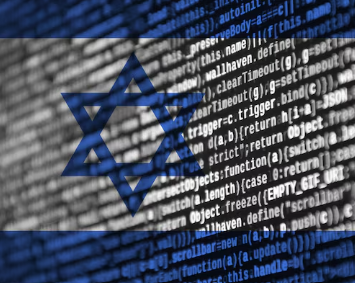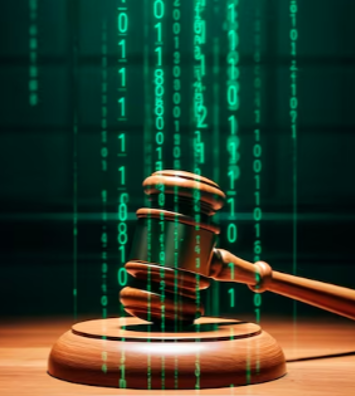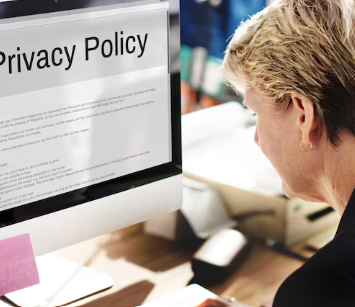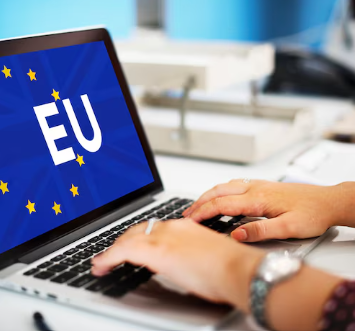Article by: Caleb Pollack and Nathan D. Renov
Over the past several years, an inventor’s ability to obtain a software patent at the USPTO has been fraught with significant hurdles, and has only recently recovered to some extent. Much of the turmoil at the USPTO has been largely unrelated to the law itself (defined by statute, 35 U.S.C. § 101, and Federal court decisions following the Supreme Court’s 2014 decision in Alice Corp. v. CLS Bank International, 573 U.S. 208, 134 S. Ct. 2347 (2014)). Rather, over the last few years, a USPTO Examiner’s ability to grant software related patents has depended on internal guidance at the USPTO and (apparently) each Examiner’s interpretation of that guidance. The most recently published USPTO guidance, “2019 Revised Patent Subject Matter Eligibility Guidance”, published January 7, 2019 (“January 2019 Guidance”), gives the most hope yet for consistent, reasonable, and fair interpretation of the law regarding the patentability of software, and raises applicants’ chances for obtaining such patents in 2019.
While the January 2019 Guidance is not yet officially effective, and is open to public comment, Examiners are already using the Guidance to allow software patent claims and effectively reverse decisions they had made in rejecting these same claims time and again prior to the new Guidance. In addition, the USPTO’s internal “bible”, used by Examiners and practitioners, already reflects the January 2019 Guidance. Manual of Patent Examining Procedure (MPEP) § 2106.
The January 2019 Guidance is not intended to reflect an advance in the law, or new interpretation of the law. Rather, the January 2019 Guidance summarizes for Examiners standards for patent-eligibility (acceptable software inventions are “patent-eligible”) which already existed, into the pre-existing concept of a “practical application”. See Bascom Global Internet Servs, v. AT&T Mobility LLC, 827 F.3d 1341, 1352 (Fed. Cir. 2016). Further, the Guidance provides a road map for applicants and patent practitioners in arguing software claims are patent-eligible, and for drafting new patent applications.
What makes a software claim have a practical application and thus be patent-eligible subject matter, per the January 2019 Guidance, is any of a list of factors which prior to 2019 would already make claims patent-eligible, such as an improvement to the computer itself or to another technology, or using the invention in a particular machine. While on the surface it might seem that the January 2019 Guidance merely repackages old law, in the experience of the authors, patent claims which were rejected as not being patent-eligible in 2018 have been allowed by Examiners in 2019 because, per the Examiners, the claims were a “practical application” of an alleged abstract concept. Thus, it appears that the January 2019 Guidance may allow Examiners (or the 35 U.S.C. § 101 experts which often control allowance of software claims in individual art units) to revise prior decisions not to allow patent claims, and also of course will increase applicants’ ability to patent software claims in applications filed going forward.
Patent applicants and their representatives would be well advised both to include in new software-related patent applications being drafted an explicit explanation that the invention is a practical application of an idea (but not of an abstract concept); and in the case of pending applications to reframe prior 35 U.S.C. § 101 arguments in the context of a practical application.
What is particularly interesting about this new development, more than the January 2019 Guidance, per se, is the attitude that the Guidance itself appears to have toward 35 U.S.C. § 101 subject-matter eligibility, the Supreme Court’s ruling in Alice, and how the two have subsequently been interpreted by examiners in applying prior USPTO guidance. To be sure, there are significant elements to the new Guidance that will impact how Office Actions are formulated by examiners and responded to by practitioners. First, the January 2019 Guidance sets forth a new procedure under which a claim is not “directed to” a judicial exception unless the claim satisfies a new two-prong inquiry including:
(1) evaluating whether the claim recites a judicial exception (an abstract idea enumerated in the January 2019 Guidance, a law of nature, or a natural phenomenon); and, if yes:
(2) evaluating whether the claim recites additional elements that integrate the exception into a practical application of the exception.
This may lower applicant expenses by focusing arguments onto a specific, workable test, compared with the broad array of arguments previously used in responding to patent-eligibility rejections. Second, the new Guidance replaces an ever-expanding and increasingly unmanageable list of court-defined abstract ideas with an identification of particular groupings of abstract ideas. Third, in conjunction with the Guidance the USPTO has promulgated a new set of examples of patent-eligible and ineligible sample claims which largely supersedes the many previously provided examples. Fourth, the USPTO has begun providing extensive training for both examiners and practitioners on how to implement the January 2019 Guidance (including how the Guidance is implemented in the new examples). Such training will undoubtedly continue as examiners and practitioners transition to this new way of evaluating subject matter eligibility.
While laying no blame directly at the feet of examiners, the Guidance states that “[p]roperly applying the Alice/Mayo test in a consistent manner has proven to be difficult, and has caused uncertainty in this area of the law.” January 2019 Guidance, p. 3. That inconsistency complicates matters for applicants and the USPTO alike, and is ultimately exposed in the courts on appeal, which only fosters more uncertainly. As the January 2019 Guidance states at page 9:
… similar subject matter has been described both as abstract and not abstract in different cases. The growing body of precedent has become increasingly more difficult for examiners to apply in a predictable manner, and concerns have been raised that different examiners within and between technology centers may reach inconsistent results.
It is clear, however, from both the January 2019 Guidance and the subsequent training and materials, that the Guidance is not simply intended to be a procedural course-correction for examiners. Rather, the USPTO is encouraging a shift in examiners’ perspective toward evaluation of subject matter eligibility. As explained in the Guidance, p. 6, “[t]he USPTO’s ultimate goal is to draw distinctions between claims to principles in the abstract and claims that integrate those principles into a practical application.” This is, of course, in line with the Supreme Court’s original goal in Alice of preventing the granting of a monopoly over abstract ideas while warning against allowing the patent-eligibility inquiry to “swallow all of patent law.” Alice, 134 S. Ct. at 2354. Accordingly, in addition to the new examination procedures, examiners have been instructed to “re-evaluate the eligibility of each claim previously rejected under 35 U.S.C. 101” in accordance with the new Guidelines. See, 2019 Revised Patent Subject Matter Eligibility Guidance, Advanced Module, Virtual Instructor Led Training, Feb. 27, 2019, slide 48. Such guidance encourages examiners to identify patent-eligible subject matter, even when none could be found during prior examination. Ultimately, this shift in perspective bodes well for applicants, the USPTO, and society at large, as it will promote innovation in the software arts which, in the end, benefits all.



